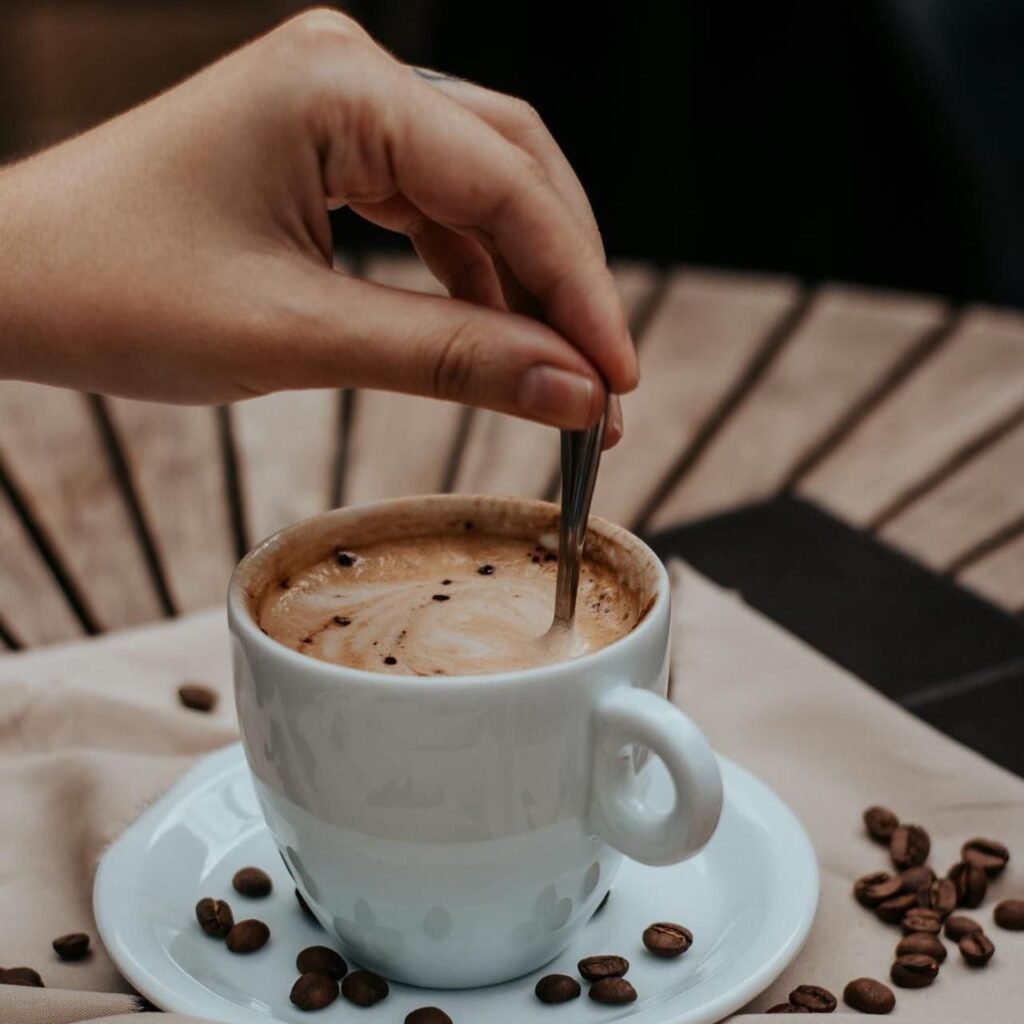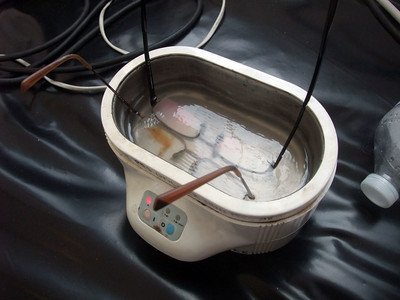You might wonder, “What can stirring possibly do that careful pouring can’t?” Many baristas preach a measured, almost meditative approach to coffee, insisting that gravity and the artful pour are the only keys to unlocking a perfect cup. But here’s the thing: even in the best pours, there can be areas where water doesn’t quite saturate all the grounds evenly. The result? A brew that sometimes leaves you with a mix of sour notes and bitterness—flavors that can be avoided with just a little extra attention.
Enter the Two-Phase Stir Hack—a method that introduces two gentle, timed stirs into your brewing process. The idea is to ensure every coffee particle interacts evenly with water, thereby extracting the full range of flavors without overdoing any one note.
Why This Hack Works

At its core, coffee brewing is a delicate balancing act of extraction. When you first pour hot water over your grounds, the coffee “blooms,” releasing carbon dioxide and priming the grounds for extraction. Most people stick with a static pour after that initial bloom. However, without a bit of intervention, some of the grounds can clump or form a crust that resists further extraction, leaving you with a suboptimal cup.
By gently stirring the grounds at two key moments, you can:
Enhance Even Saturation: The first stir right after the bloom helps break up any clumps and ensures that every coffee particle is evenly wet.
Improve Extraction: A second, more subtle stir during the latter part of your pour helps maintain an even extraction as the water level drops, ensuring that no part of your coffee bed is left behind.
Think of it as giving your brew a little massage—making sure every grain gets its moment in the spotlight.
Step-by-Step Guide to the Two-Phase Stir Hack
1. Gather Your Tools
- Coffee Maker or Pour-Over Dripper: I recommend a classic pour-over for this hack.
- Freshly Ground Coffee: Use a consistent medium-fine grind.
- Filtered Water: Ideally heated to around 200°F (93°C). If you don’t have a thermometer, bring water to a boil and let it sit for about 30 seconds.
- A Timer: Precision is key, even if you’re not a scientist.
- A Spoon or Stirring Rod: Something with a smooth edge works best to avoid tearing the filter paper.
2. The Initial Bloom
Add Your Coffee: Place your ground coffee into the dripper.
First Pour: Pour just enough hot water to cover the grounds evenly (about twice the weight of your coffee). This is your bloom. Let it sit for 30–45 seconds. You’ll see the coffee swell and bubble—that’s the release of trapped gases.
3. Phase One: The First Stir
Give a Gentle Stir: After the bloom, take your spoon and gently stir the grounds. Your goal is to break up any clumps and encourage a uniform saturation. Keep the stir light—just a gentle swirl is enough.
Resume Pouring: Slowly continue pouring water in a controlled, spiral motion until you’ve reached your desired water-to-coffee ratio.
4. Phase Two: The Late-Stage Stir
Watch the Flow: As your brew nears completion (when you’re about 80–90% done), pause for a moment. Notice any signs of uneven water flow or grounds settling unevenly.
Second Gentle Stir: Give the brew a very light stir—just a few seconds. This helps re-distribute the water as it trickles down through the coffee bed, ensuring even extraction all the way to the bottom.
Finish Pouring: Complete your water addition slowly and steadily.
5. Enjoy the Results
Let It Settle: Once the brewing is complete, remove your dripper and give your freshly brewed coffee a moment to settle.
Taste and Adjust: Sip your coffee. Notice how the two stirs helped balance the flavors, bringing out sweetness and clarity without bitterness or under-extraction. If you’re not 100% satisfied, adjust your stirring intensity or timing on your next brew.
A Few Additional Tips
While experimenting with the Two-Phase Stir Hack, it’s important to mind the balance of your stirring. Over-stirring can lead to over-extraction, releasing bitter compounds, whereas under-stirring might not be sufficient to eliminate uneven saturation. It might take a couple of tries to find that perfect stirring rhythm.
Additionally, every coffee bean behaves a little differently, so don’t hesitate to experiment with water ratios and bloom times until you discover what best suits your beans. Consistency is key in perfecting your brew—using a timer and trying to replicate your process each time can make a significant difference, as even small variations can lead to big changes in flavor.
Are you Ready to Stir?
The Two-Phase Stir Hack isn’t a magic bullet, but it’s a game-changer for those of us who want to push our morning coffee from “good enough” to “absolutely perfect.” While some purists might scoff at the idea of stirring a carefully arranged bed of grounds, sometimes a bit of well-timed intervention is exactly what you need to unlock the full spectrum of flavor in your brew.
So next time you’re setting up your morning ritual, give this hack a try. It might just be the secret no barista has ever shared with you—but now you’re in on it. Enjoy your perfect cup every morning!



